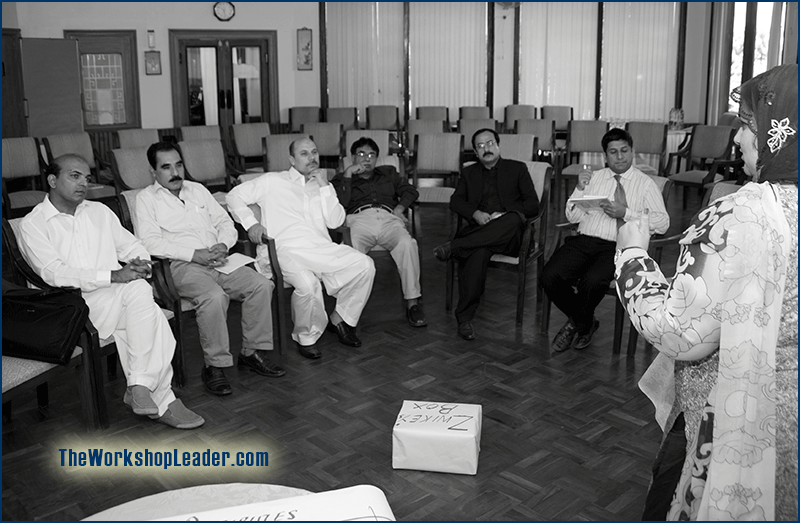If many things in the past have gone wrong in the lives of men and in the lives of their communities, it is because both small- and large-scale activities were blundered into without any thought or vision of universal planning.
Fritz Zwicky (1898–1974)
Swiss Astronomer
The Morphological Box or Zwicky Box, named after its Swiss inventor, the astrophysician Fritz Zwicky (1898—1974), aims at finding all possible solutions. By applying the heuristic principle, complex issues are fragmented into their constituent parts. These are reassembled into an entirely new entity.
Process of the Zwicky Box
After finding the constituent parts you ask: How are the solutions differentiated from each other? All possible differences are put in a matrix next to its component. By combining the differences an ensemble is born. For example, if you want to create a new table — an unprecedented version — you break down the characteristics of a table and write differences next to each.
| Component | Possibilities | ||||||
| Legs | 0 | 1 | 2 | 3 | 4 | 5 | 10 |
| Material | Wood | Glass | Cork | Steel | Cloth | Stone | Plastic |
| Height (in cm) | 10 | 20 | 30 | 50 | 80 | 100 | 150 |
| Form | Square | Rectangle | Circle | Oval | Heart | Kidney | Octagonal |
With that you have all possible combinations. You now could pick the solution you prefer, for example a heart of steel hanging from the ceiling. It’s easy with a table, but for more complex things participants have to be able to identify constituting components.
Furthermore, the high number of possible solutions might be confusing. Bearing this in mind, this method can be used for nearly every challenge.
In can be helpful if the facilitator uses an assistant for writing on the board, while he or she focuses on the group as well as the process.
Sometimes other approaches can be also useful:
[child_pages siblings=”true” link_titles=”true” title_link_class=”my_title_link_class” truncate_excerpt=”false” words=”20″ class=”myclass”]

